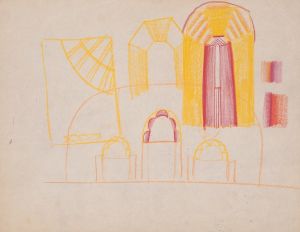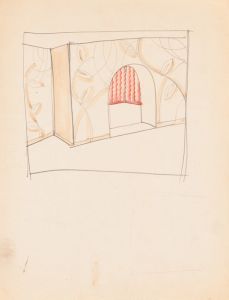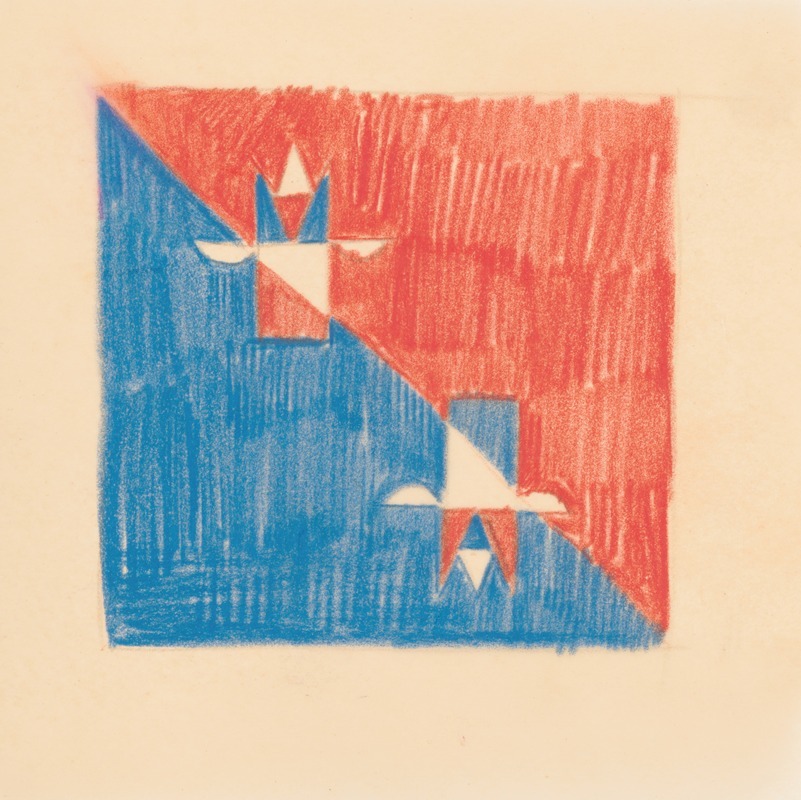
Miscellaneous small sketches for inlaid table tops.] [Design with red and blue cubic motif
A hand-painted replica of Winold Reiss’s masterpiece Miscellaneous small sketches for inlaid table tops.] [Design with red and blue cubic motif, meticulously crafted by professional artists to capture the true essence of the original. Each piece is created with museum-quality canvas and rare mineral pigments, carefully painted by experienced artists with delicate brushstrokes and rich, layered colors to perfectly recreate the texture of the original artwork. Unlike machine-printed reproductions, this hand-painted version brings the painting to life, infused with the artist’s emotions and skill in every stroke. Whether for personal collection or home decoration, it instantly elevates the artistic atmosphere of any space.
Winold Reiss was a German-American artist and designer known for his contributions to modern art and design in the early to mid-20th century. Born in Karlsruhe, Germany, in 1886, Reiss immigrated to the United States in 1913, where he became a prominent figure in the American art scene. His work spanned various mediums, including painting, graphic design, and interior design, often characterized by a unique blend of European modernism and American themes.
One of Reiss's notable contributions was his work in interior design, particularly his designs for inlaid table tops. These designs often featured geometric motifs and vibrant colors, reflecting the influence of the Art Deco movement, which was popular during the 1920s and 1930s. The "Miscellaneous small sketches for inlaid table tops" is a collection that showcases Reiss's skill in creating intricate patterns and his ability to harmonize colors and shapes.
The specific piece titled "Design with red and blue cubic motif" exemplifies Reiss's interest in geometric abstraction. This design likely features a series of interlocking cubes, utilizing a limited color palette dominated by red and blue hues. Such designs were not only aesthetically pleasing but also functional, as they were intended to be used as decorative elements for furniture, enhancing the visual appeal of interior spaces.
Reiss's work in this area was part of a broader trend during the early 20th century, where artists and designers sought to integrate art into everyday life. By creating designs for objects like table tops, Reiss contributed to the democratization of art, making it accessible to a wider audience beyond the confines of galleries and museums.
Throughout his career, Reiss was also known for his portraits and murals, particularly those depicting Native American subjects and African American culture. His ability to capture the essence of his subjects with respect and dignity earned him a significant reputation. However, his designs for inlaid table tops remain a testament to his versatility and his ability to adapt his artistic vision to different forms and functions.
Reiss's legacy in the field of design is marked by his innovative use of color and form, as well as his commitment to blending artistic expression with practical application. His work continues to be studied and appreciated for its contribution to the development of modern design in America.
In summary, Winold Reiss's "Design with red and blue cubic motif" for inlaid table tops is a reflection of his broader artistic philosophy, which sought to merge beauty with utility. His designs remain an important part of the history of American art and design, illustrating the dynamic interplay between European modernist influences and American cultural themes.





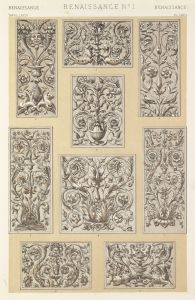
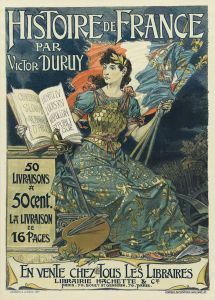
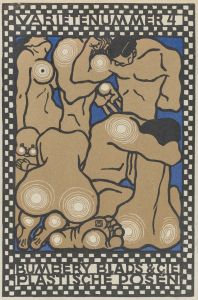

![Designs for lamps with triangular shades.] [Design with white, red, and metallic silver](/imgs/249315/s/winold-reiss-designs-for-lamps-with-triangular-shades-design-with-white-red-and-metallic-silver-40bb661.jpg)
![Designs for staged commercial or trade exhibition displays of coal-fired water heaters and furniture.] [Perspective sketch in orange with rainbow edges](/imgs/249324/s/winold-reiss-designs-for-staged-commercial-or-trade-exhibition-displays-of-coalfired-water-heaters-and-furniture-perspective-sketch-in-orange-with-rainbow-edges-7c407bf3.jpg)
![Designs for the Puck Theater , New York, NY.] [Exterior perspective study](/imgs/249328/s/winold-reiss-designs-for-the-puck-theater-new-york-ny-exterior-perspective-study-9c896b94.jpg)
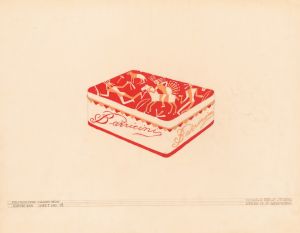
![Interior perspective studies for Restaurant Crillon, 15 East 48th Street, New York, NY.] [Study for Batik Room or Main Dining Room](/imgs/249377/s/winold-reiss-interior-perspective-studies-for-restaurant-crillon-15-east-48th-street-new-york-ny-study-for-batik-room-or-main-dining-room-f49c2d45.jpg)
![Design for an unidentified project.] [Color study of an abstract theme](/imgs/249409/s/winold-reiss-design-for-an-unidentified-project-color-study-of-an-abstract-theme-e8421b18.jpg)
![Miscellaneous small sketches for inlaid table tops.] [Design with female face and cocktail beverage](/imgs/249434/s/winold-reiss-miscellaneous-small-sketches-for-inlaid-table-tops-design-with-female-face-and-cocktail-beverage-70c0c6ed.jpg)
